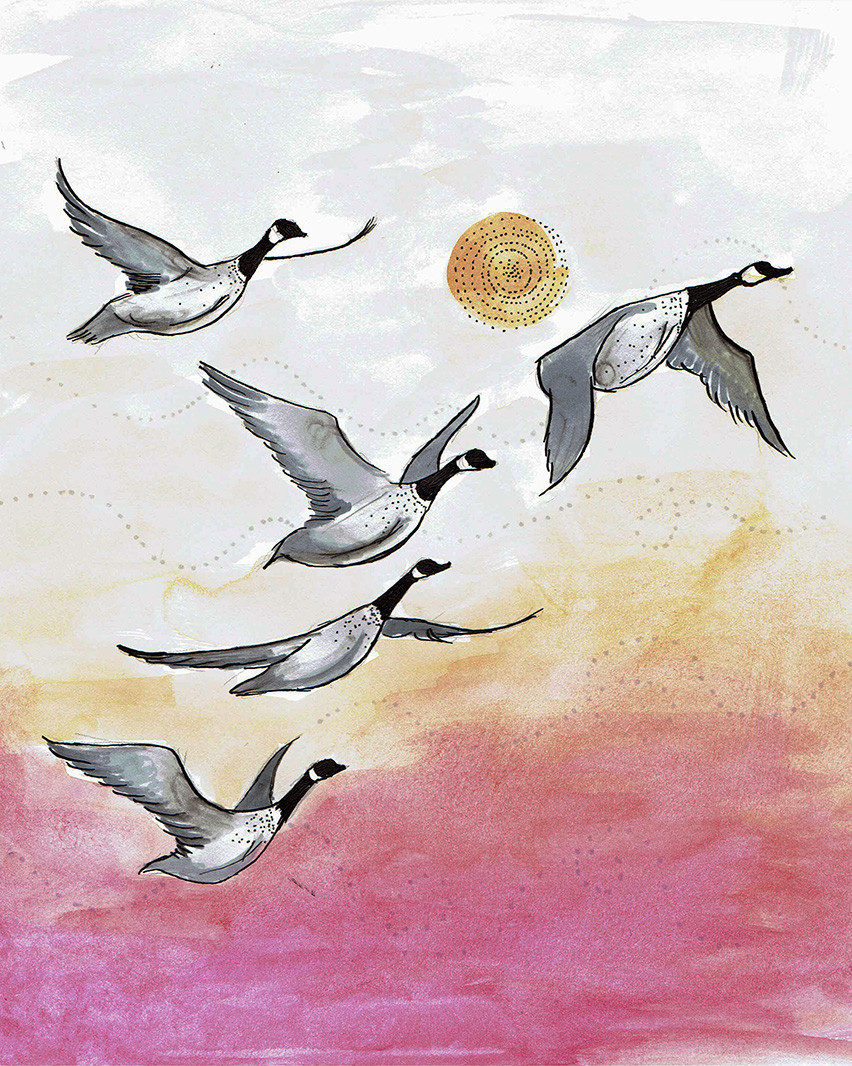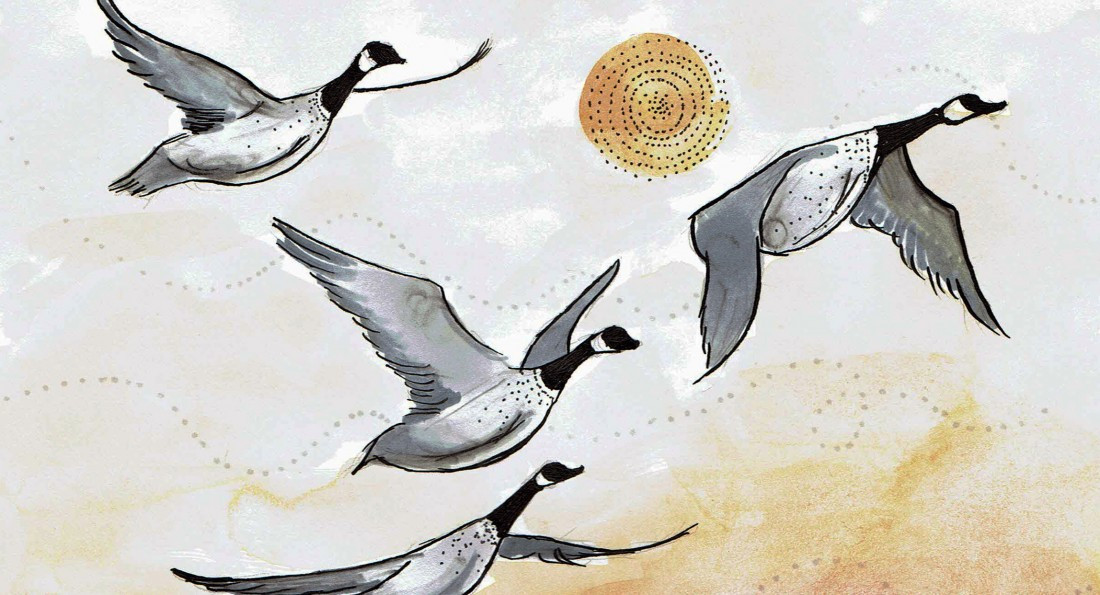The impact of Canada geese
Their habits are changing, thanks to us
The migration habits of Canada Geese within Manitoba are changing, and whether that’s a good or bad thing depends on who you ask.
Jacques Bourgeois of Oak Hammock Marsh Interpretive Centre says they’ve seen fewer geese this year because of the increased number of ponds in small developments around Winnipeg.
Despite that, the marsh is still experiencing its usual busy season as it hosts various events revolving around the geese’s preparation to migrate south.

“For some people, it’s their annual pilgrimage to the marsh to see the birds,” Bourgeois says.
He says moving from the marsh to urban ponds has no negative impact on the birds themselves, except that people living nearby don’t particularly appreciate their presence.
“A lot of people find them a nuisance, geese, because of their excrements and noise,” Bourgeois says.
He, however, sees introducing wildlife into neighbourhoods as a good thing. These ponds attract small mammals, birds and insects and butterflies to create a small ecosystem, Bourgeois says.
“Canada geese are becoming urbanized,” University of Winnipeg biology professor Scott Forbes says.
He agrees that Canada geese populations within city limits are increasing due to the number of reservoir ponds.
Forbes says they can be extremely aggressive and dangerous, so people need to be cautious.
He says giant Canada geese can take on coyotes and fox, and will if they feel threatened. Especially if they perceive their young to be in danger.
“They’re actually extremely intelligent birds as well,” Forbes says.
In the field, he’s had to walk close to nests and has found he was able to communicate with them that he would not harm them just by not looking their way.
“If I just kept walking and didn’t look at them, they’d leave me be,” Forbes says.
This high population of Canada geese can actually have a negative environmental impact on the city though, Forbes says.
“When you have 120,000 geese defecating on the lawns and it getting into the waterways, it’s actually a significant pollution source,” Forbes says.
While the impact of global warming on the birds is apparent, Forbes says it’s not necessarily a problem for them.
“Birds are sort of the first symptoms of climate change,” Forbes says. Because of increasing temperatures, they arrive for summer earlier and leave later in the fall.
With some species of birds, this can cause major issues as their reproductive patterns get out of sync with when their prey is available, Forbes says.
“The geese wouldn’t be quite as vulnerable, because the parents live off of stored fat reserves,” he says.
While the weekly waterfowl count shows numbers of geese are lower than usual at Oak Hammock Marsh, Bourgeois says they’re still a spectacular sight.
With 27,000 geese counted on Sept. 28 compared to about 50,000 this time in 2010, Bourgeois says seeing them congregated together is still a spectacular sight.
He describes a flock of Canada geese lifting off to fly together as a fireworks of feathers, which creates quite a noisy scene.
Published in Volume 71, Number 5 of The Uniter (October 6, 2016)







